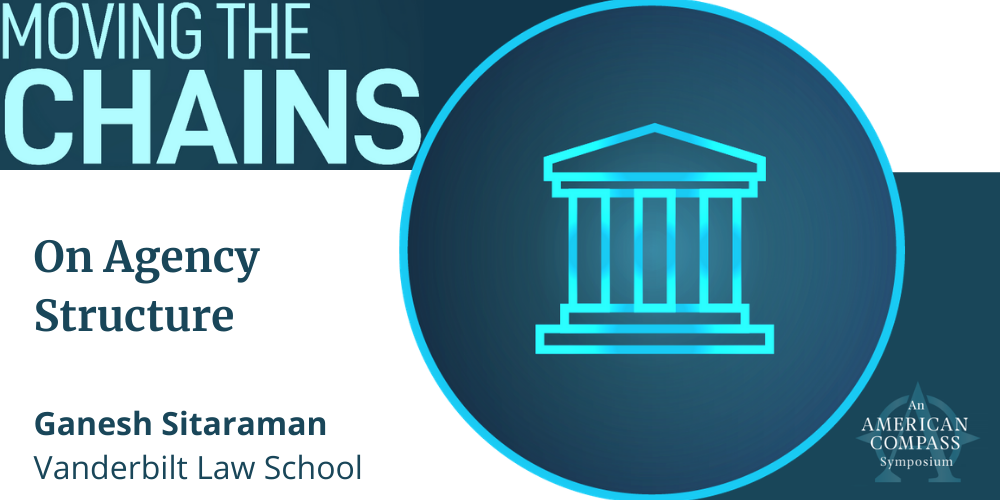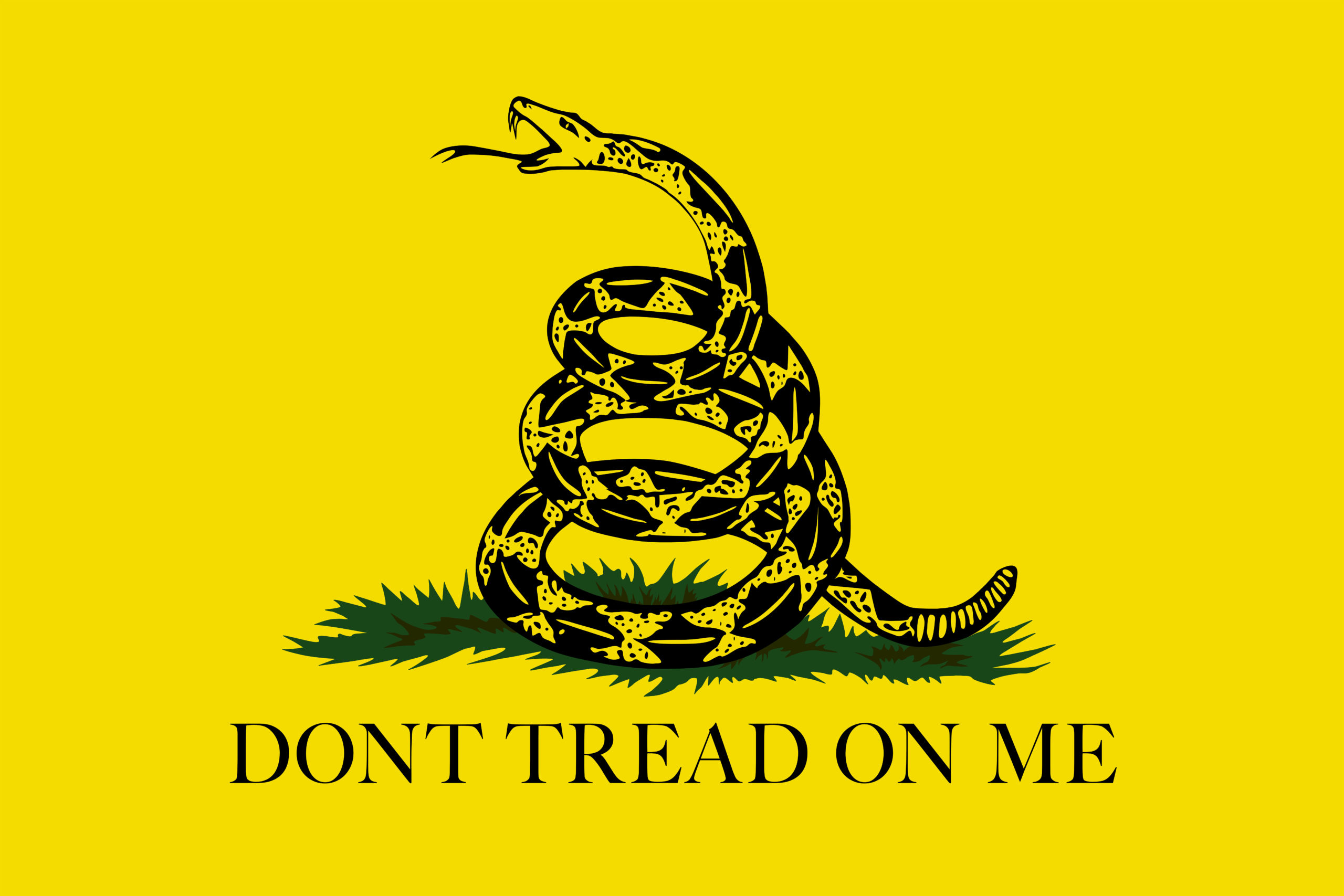
RECOMMENDED READING
Before being supplanted by the narrower discipline of economics, “political economists” from Adam Smith to Karl Marx understood markets as inherently embedded in laws, customs, and cultures. It simply didn’t make sense to study “the economy” absent other social or political structures, as those social and political structures were understood as constitutive of “the economy.”
Today, it is far more common to draw a categorical distinction between politics and the economy, and thus to see their interaction in terms of contamination or capture. If you’re on the Left, it’s the ultra-wealthy and big corporations that capture an otherwise public-spirited government. If you’re on the Right, it’s the government that captures, contaminates, and distorts an otherwise free market. Or maybe it’s a two-way street, and both can capture each other simultaneously. Either way, the universal tendency is to treat the public and private sectors as separable, with their independence mediated by the relative throughput of various “revolving doors.”
Ganesh Sitaraman’s essay in this series, On Agency Structure, is no exception. In it, Sitaraman tackles the question of how to implement industrial policy at the level of federal organizational structure. As he writes,
Preventing capture must be a primary focus for anyone interested in industrial policy because capture threatens the entire enterprise. A captured government wastes taxpayer money and reduces faith in the government’s integrity on economic issues. It could also backfire and make the United States more vulnerable, not less.
For better or worse, industrial policy has a strong association with “picking winners and losers,” including by agencies like the Export-Import Bank that libertarian groups have gone to lengths to make the poster-child of “crony capitalism.” The onus is therefore on industrial policy proponents to make the case that regulatory capture is not a fait accompli, but instead depends on the specifics of an agency’s structure and institutional capacity. One job of political economy is to explicate which institutional designs work best, given the filter of democratic politics. All else equal, for example, independent and mission-oriented agencies with dedicated funding, competitive salaries, and clear lines of accountability are harder to “capture” than, say, politicized agencies that are shielded from oversight.
Sitaraman is also right that American national economic policy is unusually fragmented, spread across multiple agencies that rarely coordinate on ad hoc issues, much less around a coherent national development strategy. This likely increases an agency’s vulnerability to regulatory capture, as programs designed for narrow interests tend to serve narrow interests. Sitaraman therefore proposes consolidating agencies like USTR, SBA, TAA, and various Commerce Department functions under a new “Department of Economic Resilience.” The Department would have a unified policy planning staff, allowing its Secretary to coordinate a national development strategy in much the same way the President coordinates the National Security Strategy. As someone who has proposed a similar “Office of Struggling Regions,” this idea clearly speaks to me.
At the same time, industrial policy proponents should resist limiting themselves to the vocabulary of regulatory capture. To understand which governance models work best ultimately means reviving the dormant discipline of political economy. And by its very nature, that means rejecting the neoclassical premise that economics can be separated from the political and social system within which it is embedded.
Western observers often struggle to understand developmental states like China or Japan precisely because the lines between civil society, private enterprise, and the state can be so blurry. Corporatist social democracies are a bit easier to describe, but still require a thoroughly institutionalist approach. Rather than impose a stark divide between the state and the market, for instance, regulations, social policies, and strategic coordination often emerge dynamically from the negotiations between trade unions and employers’ associations, with the government serving as mediator. In such systems, the conventional notion of regulatory capture breaks down.
Developmental and corporatist states tend to be our main, contemporary source for case studies of successful industrial policy. They should also be a source of information, if not inspiration, for which governance models are likely to work. And in both types of systems, regulatory capture is not so much eliminated as something that is continuously and dynamically managed, whether through tripartite negotiations, or (as in the export-oriented growth model) through the ruthless discipline of international competition and a hyper-meritocratic civil service.
Charlie Wilson may not have actually said “What’s good for General Motors is good for the country.” Nonetheless, in a second-best world, our choice may not be between whether our government is captured but by whom. Indeed, today’s America has a robust industrial policy for Wall Street, soybean farmers, Hollywood, drug companies, and trial lawyers. Is it any coincidence that the systems governing these sectors are also some of the most captured?
Reorienting American industrial policy toward productivity growth, upward mobility, and breakthrough innovation will require strengthening our coordinating institutions to resist certain forms of capture. But in many cases, it will also require identifying superior captors, for whom the “special interest” and “general interest” roughly align.
Recommended Reading
On Agency Structure
A new task for government demands a new structure for its agencies.
Why the Free Trade Debate Needs the Real Adam Smith
Oren Cass is right to note that modern economists largely misunderstand Adam Smith. But the misunderstanding runs deeper and traces even further back than editorializing in 20th-century textbooks. For more than two centuries, scholars have ignored the relationship between Smith’s political philosophy and economic analysis.
Family and Freedom
In his introduction to the “Home Building” forum on American Compass, Oren Cass opens by drawing upon Ronald Reagan’s warning that the American culture of freedom must be renewed in Read more…













